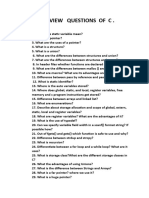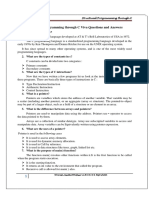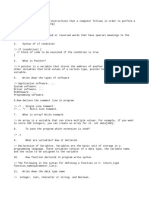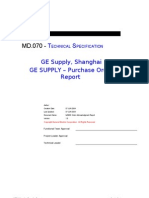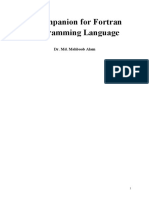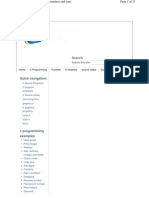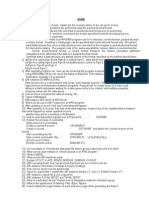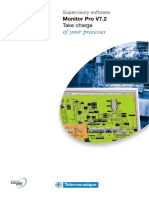0% found this document useful (0 votes)
169 views4 pagesTop 25 C Programming Viva Questions
Top 25 c Programming Viva Questions
Uploaded by
Akash DeshmukheCopyright
© © All Rights Reserved
We take content rights seriously. If you suspect this is your content, claim it here.
Available Formats
Download as PDF, TXT or read online on Scribd
0% found this document useful (0 votes)
169 views4 pagesTop 25 C Programming Viva Questions
Top 25 c Programming Viva Questions
Uploaded by
Akash DeshmukheCopyright
© © All Rights Reserved
We take content rights seriously. If you suspect this is your content, claim it here.
Available Formats
Download as PDF, TXT or read online on Scribd
/ 4













































